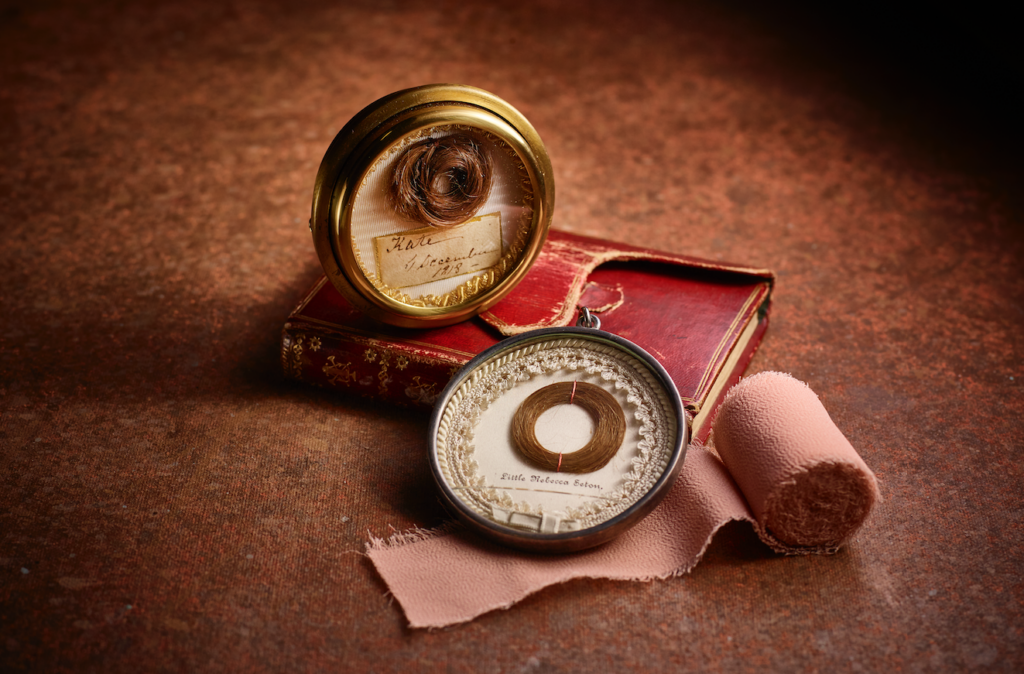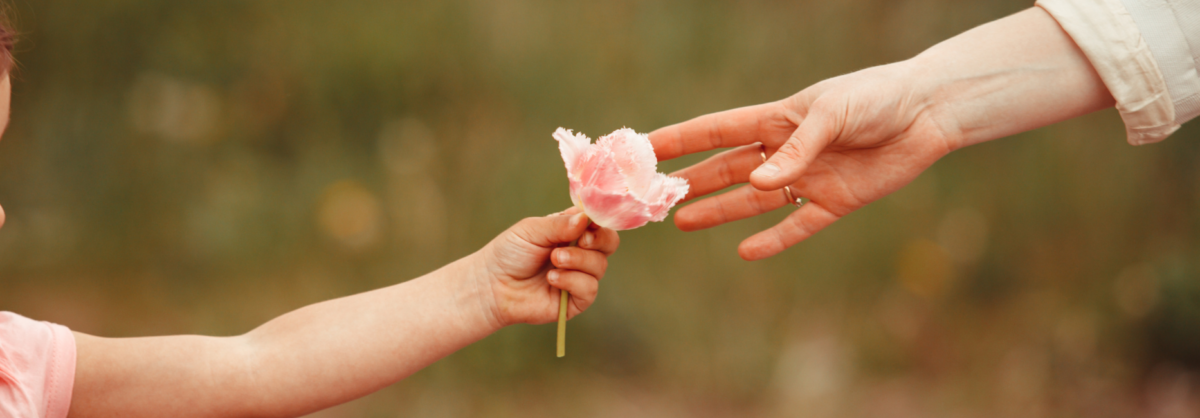Catholics often like to treat saints like they lived in another dimension – as if they didn’t have to grapple with the real-life issues that so many of us face in our own lives. Not so with St. Elizabeth Ann Seton.
Her journey included the losing her mother as a young girl; hobnobbing with the likes of Alexander Hamilton and his wife; finding true romantic love with her husband; experiencing financial ruin; losing her husband to tuberculosis and then converting to the Catholic faith where she became one of the great figures in the American Church.
Mother Seton was also something else – a mother, herself.
The story of her spiritual and temporal motherhood will be a key part of the new $7 million museum and visitors center that will open this September at the National Shrine of Saint Elizabeth Ann Seton in Emmitsburg, Md. In the meantime, here are 10 things you may not know about Mother Seton’s own motherhood.
1. She had five children in the first seven years of marriage.
In addition, just two years after the birth of her youngest, she took in her husband’s six younger siblings, as well. There were now eleven children under the age of seventeen living under her roof. She also fretted about her “saucy boys” who “almost master me” and anxiously sought advice from a friend about her daughter Anna Maria’s stubborn will and bad temper, declaring that her daughter “despite all my endeavors is past my management.” But she deeply loved her children and called them “her little darlings.”
Learn more about Mother Seton’s children in this three-minute video.
2. Not only did she outlive two of her children, but her own life came into peril during the birth of her son Richard.
Catherine O’Donnell writes in Elizabeth Seton: American Saint, “She had had straightforward deliveries with her two earlier children, but as the hours passed it became clear that this birth…was different. ‘My illness was so severe,’ she wrote, ‘that both Mother and child were some hours in a very doubtful situation.’ When her father [a doctor] was summoned, the physician thought he might have to sacrifice his grandchild in order to save his daughter.” Eventually, a safe delivery ensued.
3. Her sons served in the Navy
Her eldest William joined the U.S. Navy in 1817 and started his service on the USS Independence. He served 17 years. Richard was the captain’s clerk on the USS Cyane. For nearly a year he was on duty off the coast of Africa before he contracted a fever and died in 1823. He was buried at sea. and served at sea. Each year, the Seton Shrine hosts the Sea Services Pilgrimage, and Mother Seton is the Patroness of the Sea Services. Learn more about William’s service in the short film, “Son of a Saint.”
4. She was constantly worried about her sons’ faith.
She wrote many letters to her Richard and William when they were young men, and worried about William while he served in the Navy on a ship without access to the Eucharist. She once wrote, “I must answer for my children in judgment, whatever faith I lead them to.” After her conversion, she delighted in her three daughters’ ready acceptance of the faith, but feared for her sons, whose friends mocked the Church. Listen to this episode in Friends & Followers to learn more about her son William, or listen to this episode to learn about Richard.

5. She wrote a book of advice for one of her daughters.
As Mother Seton was nearing death, a large concern was to prepare her daughter Catherine to face life without her mother. (Her two other daughters were already deceased). In a “Little Red Book,” Mother Seton wrote advice and spirituality to help Catherine navigate the world without her mother. This “Little Red Book” will be on display in the new museum this Fall, along with her daughters’ hairlocks.
6. Her own daughter went on to become a mother of a religious order.
Catherine joined the Sisters of Mercy and received the habit on April 6, 1847, and was given the name “Sister Mary Catherine”. In her later years in the order, she was referred to as “Mother.” Years earlier, in in 1812, Mother Seton’s eldest daughter Anna Maria took vows to become a Sister of Charity, as she was dying.
7. She lost her own mother at a young age.
Mother Seton’s blended family actually began when she was three years old and her mother died. One year later, her little sister also passed away. Her father remarried but her stepmother did not accept young Elizabeth and often sent her away to live with relatives.
8. She once wrote, “I will be the mother of many daughters…”
“I am at peace in the midst of fifty children,” she wrote in the years following her opening of St. Joseph’s Academy. “I am as a Mother encompassed by many children of different dispositions… bound to love, instruct, and provide for the happiness of all, to give the example of cheerfulness.” In addition to the school children, Mother Seton’s religious order grew to include many young women before her death and continued to expand long after throughout North America.
9. She struggled early during her conversion with her relationship with the Blessed Mother.
Mother Seton yearned for a mother, but she struggled initially with developing a devotion to the Blessed Mother during her conversion. Learn more about how she accepted the Church’s teachings on the Blessed Mother in this three-minute video.
10. She was a grandma!
Though she didn’t live to see her grandchildren, her eldest son William had nine children, seven of whom survived to adulthood. One of them, Robert Seton, was ordained to the priesthood in Rome in 1865 after being educated at Mount St. Mary’s College in Emmitsburg. He was private chamberlain to Pope Piux IX and was dean of all the monsignori in the United States. He later served as a priest in the Diocese of Newark, N.J., and was a trustee of Seton Hall University. In 1903, Pope Leo XIII appointed Robert as Archbishop of the titular See of Heliopolis in Phoenicia.
